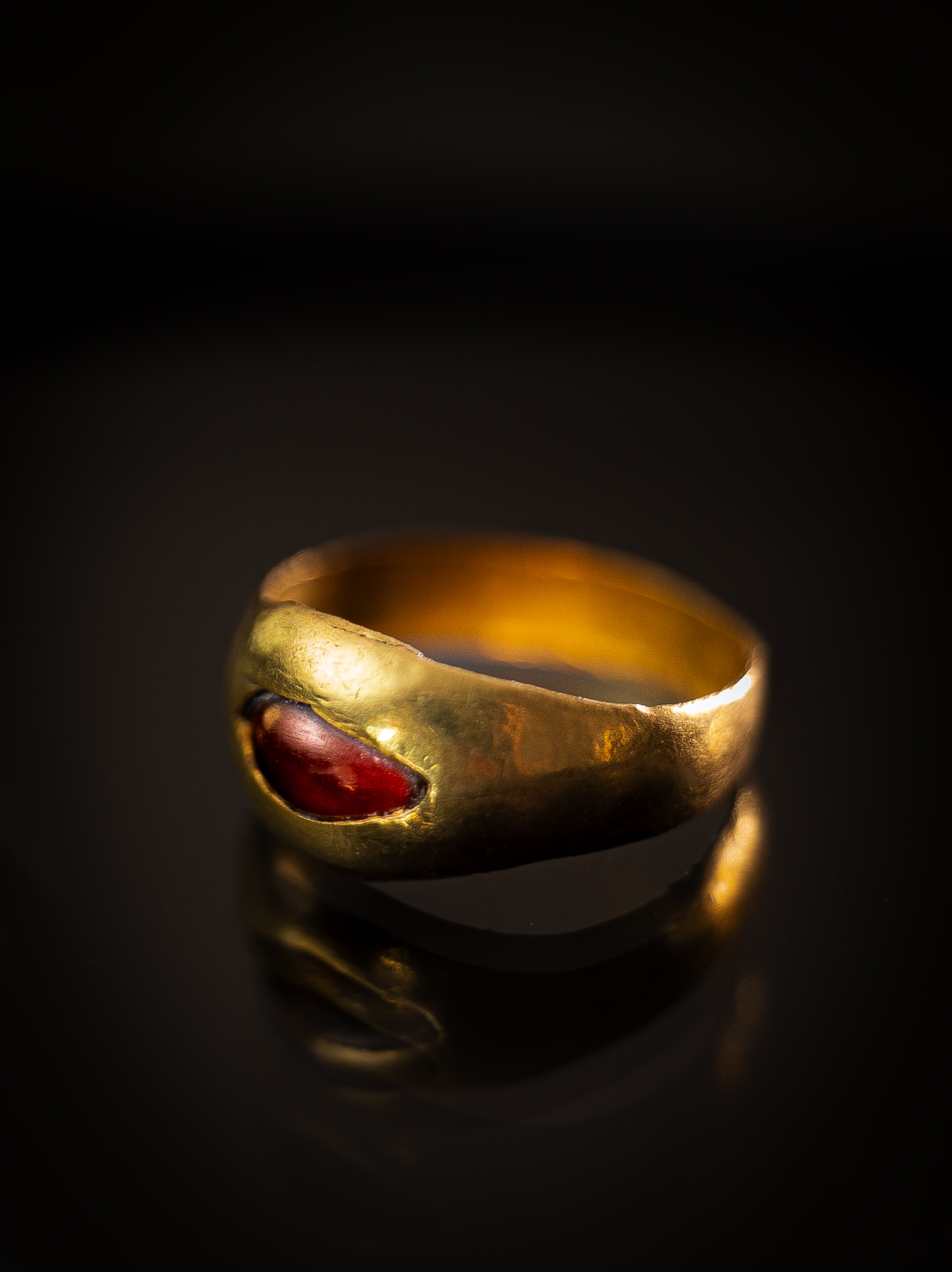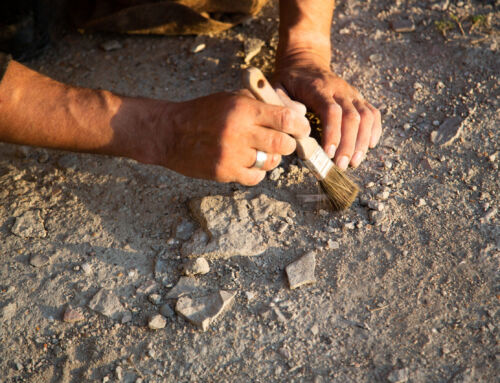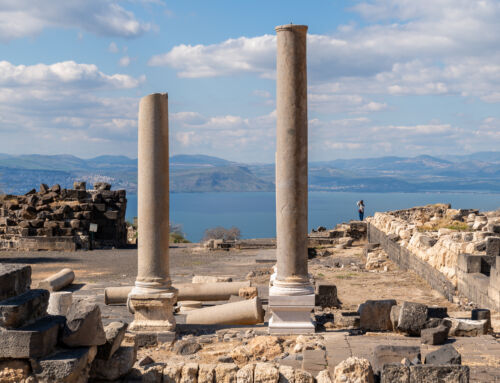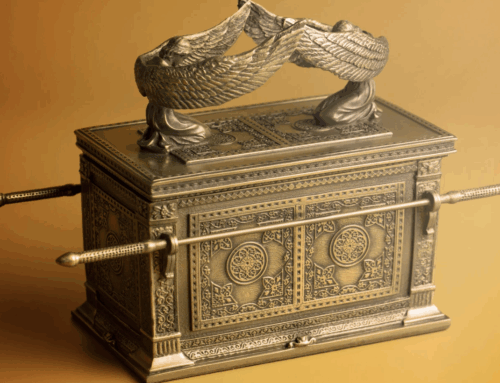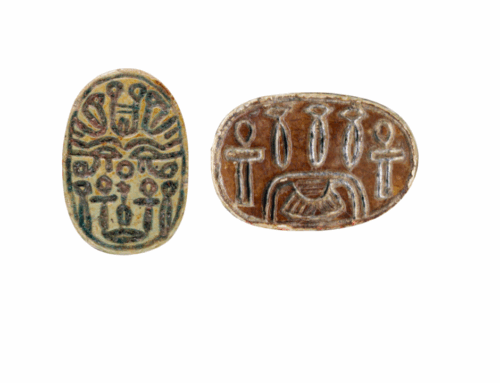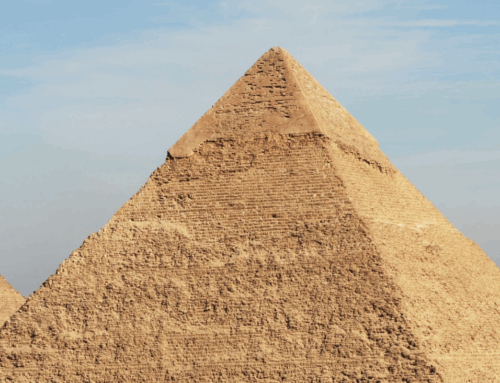The 2000 year old Golden Ring from Jerusalem
Israel is no stranger to amazing discoveries. Biblical archaeological findings make headlines every year as researchers, professors, archaeologists, and history enthusiasts converge in Israel in their quest for remarkable findings. You can read more about some of the historical finds from the Holy Land here.
Immanuel Tours has some inside information about a very rare find from excavations in Jerusalem. We spoke with Rikki Zalut Har-Tuv, an archaeologist with the IAA (Israel Antiquities Authority), working in the City of David.
Talking with an Archaeologist
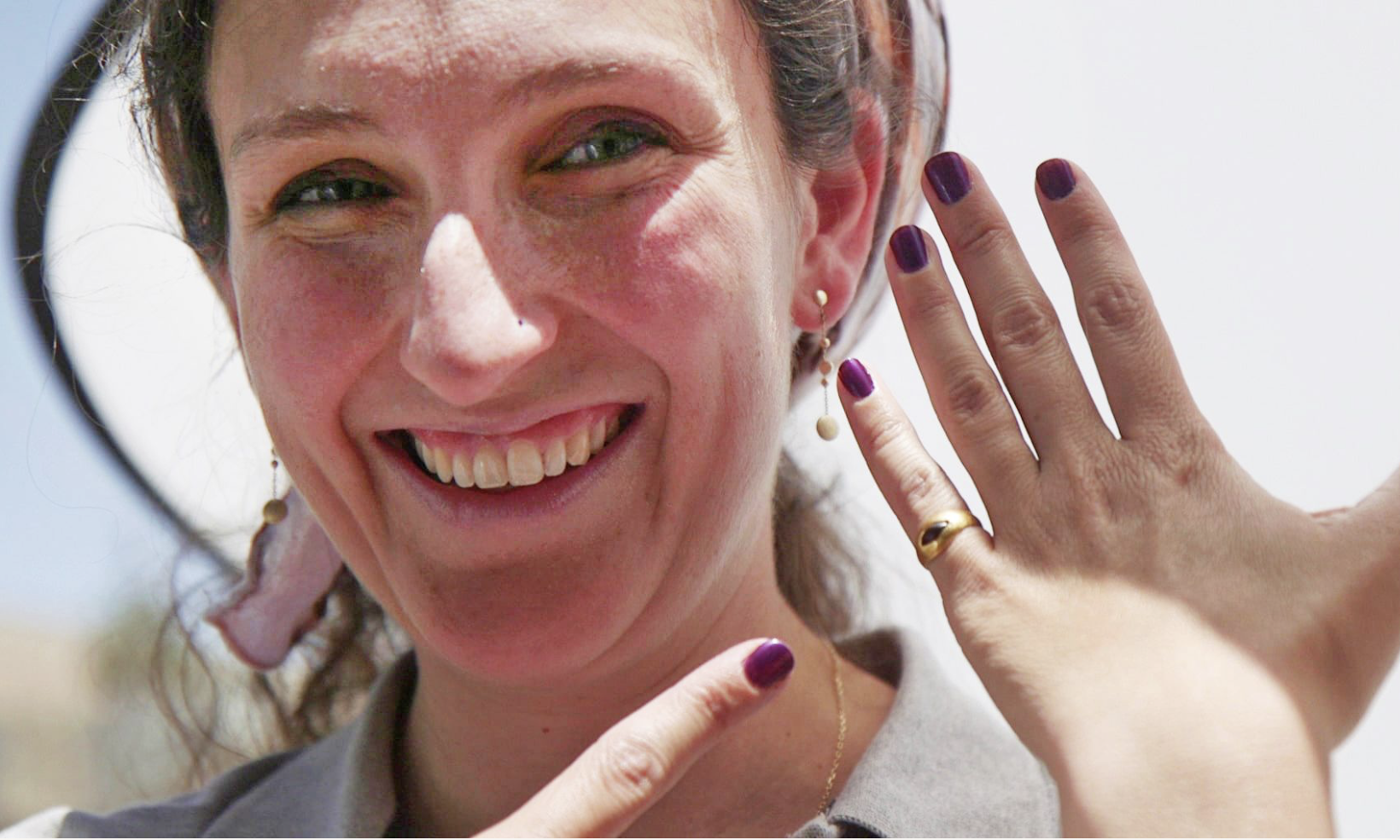
Archaeologist Rikki Zalut Har-Tuv with the Golden Ring
“Right now, I am working at the excavation in the Giva’ti parking lot, south of the Old City of Jerusalem. We are currently excavating the Early Hellenistic period, which wasn’t really known or found in the other excavations previously done in the area. Until now, most of the finds from this period told the story of a small, not very grand city, mostly continuing from the Persian period. While we were excavating the area, I was sifting buckets to hopefully find smaller objects when one of my workers, who was nine months pregnant at the time, suddenly screamed, ‘I found a ring! COME SEE!’ At first, I thought she was just getting excited about a bronze loop or chain or something that looked like a ring, but when I saw what she was holding, I thought, she actually found a really pretty small golden ring! Amazing! Gold is always cool because it comes out of the ground looking smooth, clean, and shiny. It’s always hard to believe it’s 2,300 years old!”
The ring is crafted from gold and set with a precious red stone, which appears to be a garnet. As gold is a highly refined material, it is exceedingly well-preserved. Despite its last use being 2,300 years ago, it has accumulated no rust nor suffered any other weathering over time!
Rikki continues, “The recent finds from Giva’ti, along with this gold ring, a gold bead, and a gold earring (found in 2017), are beginning to tell a different story and paint a new picture of the Early Hellenistic city as larger and more grand, a strong city. The ring is made out of gold and inlaid with a garnet-red stone, a typical style starting at the end of the 4th beginning of the 3rd century BCE. It was found above an Early Hellenistic floor and covered and sealed by a Hasmonean wall (Late Hellenistic)! Stylistically, it reflects the common fashion of the Persian and Early Hellenistic periods, during this time, people began to prefer gold with set stones rather than decorated gold.”
What does Gold represent?
Gold jewelry was highly regarded in the Hellenistic world, particularly from the reign of Alexander the Great onward. His conquests facilitated the spread and exchange of luxury goods and products. Often, the decorations on jewelry were inspired by mythological figures or significant symbolic events. Eli Escusido, Head of the Israel Antiquities Authority, comments, “The excavation in ancient Jerusalem reveals invaluable information about our past.”
As archaeologists, we seek to uncover the reasons, significance, and history behind artifacts. Why is this artifact here? What does it signify? Who once owned it? This golden ring adds crucial evidence to the evolving story of this part of Jerusalem. Alongside other buildings and past discoveries, including the horned-animal earring and the decorated gold bead, it highlights a wealthy and stable environment. The city’s prosperity and the luxurious possessions of its inhabitants indicate that they were of elite status over 2,000 years ago.
During your Christian tour of Israel, you can join an excavation! We can’t promise you will find gold, but you will uncover other artifacts like pottery that could help piece together the story of the Holy Land!
If you are interested in planning a Christian Holy Land Tour for late 2024, 2025 or 2026 contact us and start planning today!
Photo credit to:
The 2,300-year-old gold ring. Photo: Asaf Peri, City of David
Rikki with the ring: Emil Aladjem, Israel Antiquities Authority

